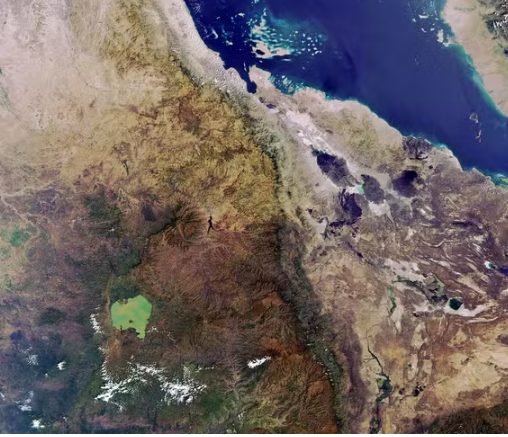Astronomers using the Hubble Space Telescope have spotted a fascinating event: a white dwarf that appears to have swallowed an icy celestial body resembling the dwarf planet Pluto. This discovery opens new discussions about the diversity of planets that may exist beyond our Solar System.

This white dwarf is located in the Milky Way, about 255 light-years from Earth — a relatively short distance in cosmic terms. Although its size is comparable to Earth’s, its mass is around 57% that of the Sun, making it incredibly dense.
White dwarfs are the final stage in the life of stars up to eight times the mass of the Sun. When these stars burn through all their hydrogen fuel, they collapse and expel their outer layers, leaving behind a compact core: the white dwarf. Our own Sun is expected to end its life this way billions of years from now.
In this case, the star that formed the white dwarf was about 50% more massive than the Sun before reaching its final stage. Today, even with the diameter of Earth, it is nearly 190,000 times heavier than our planet.
Usually, white dwarfs have been observed consuming fragments of rocky planets, moons, or asteroids, pulled in by their powerful gravity. But this time, scientists found something different: chemical evidence showing that the devoured object was mostly made of ice.
Researchers believe that the celestial body — a Pluto-like world — was torn apart by the white dwarf’s gravitational forces before being completely absorbed.
“What stood out the most was the unusually high amount of nitrogen detected, much greater than what we see in comets and consistent with the nitrogen-rich ices that cover Pluto’s surface,” explained Snehalata Sahu, a researcher at the University of Warwick in the UK and lead author of the study.
According to astronomers, this kind of discovery not only helps us understand the fate of planetary systems but also sheds light on the possibility of habitable worlds across the galaxy.





More
Scientists say a new ocean could emerge as Africa slowly splits apart
Humpback Whale Spotted Resting Near the Coast of Praia Grande
The Science Behind the Record: Croatian Diver Holds His Breath Underwater for 29 Minutes